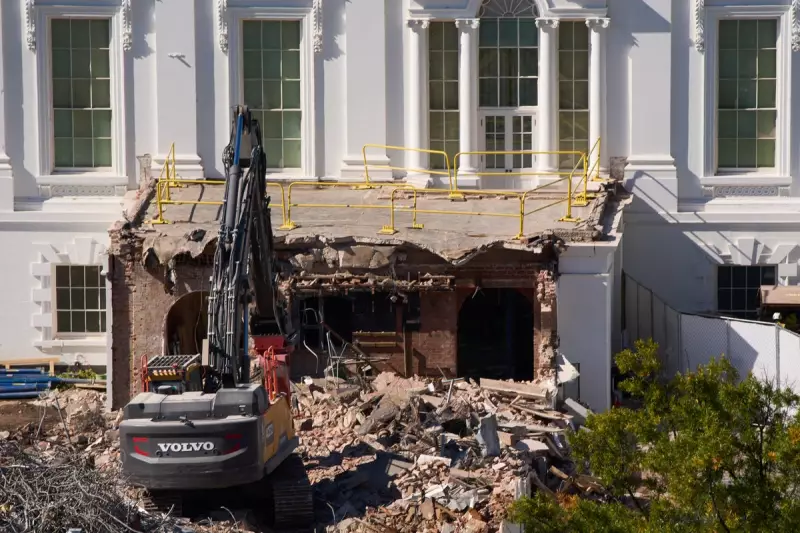
The stone facade from Donald Trump's demolished Fifth Avenue apartment building has found an unlikely new home at one of New York's most prestigious cultural institutions. The Metropolitan Museum of Art has acquired sections of the controversial East Wing entrance, creating a fascinating intersection of politics, architecture, and preservation.
A Piece of Political History Preserved
The distinctive bronze-toned limestone panels once formed the grand entrance to Trump's 1,000-room residential complex at 1000 Fifth Avenue. The building's East Wing was recently demolished to make way for a new ultra-luxury condominium tower, but not before museum curators recognized the historical significance of its architectural elements.
The acquisition raises compelling questions about how we preserve architecture tied to controversial political figures. Some art historians argue that regardless of one's political views, the facade represents an important era in New York's architectural and social history.
Mixed Reactions from the Art World
Reaction within the museum community has been divided. Supporters of the acquisition point to the Met's long tradition of preserving architecturally significant elements from demolished New York buildings.
"This isn't about endorsing a political figure," explained one curator who wished to remain anonymous. "It's about documenting a particular moment in New York's architectural evolution and the intersection of real estate, power, and public space."
Critics, however, question whether institutions should be preserving artifacts associated with such divisive political figures. The debate echoes similar conversations happening in museums worldwide about how to handle controversial historical artifacts.
From Fifth Avenue to Museum Walls
The specific sections acquired include the distinctive arched entranceway and several decorative panels that characterized the building's opulent aesthetic. Museum conservators are currently studying the best way to present these architectural fragments to the public.
While plans for display are still being finalized, sources suggest the pieces may be incorporated into the American Wing or used in future exhibitions exploring the relationship between architecture and political power in 20th-century America.
The acquisition serves as a permanent reminder of how quickly New York's architectural landscape changes, and how even the most controversial elements of our built environment can become museum pieces within a single generation.





